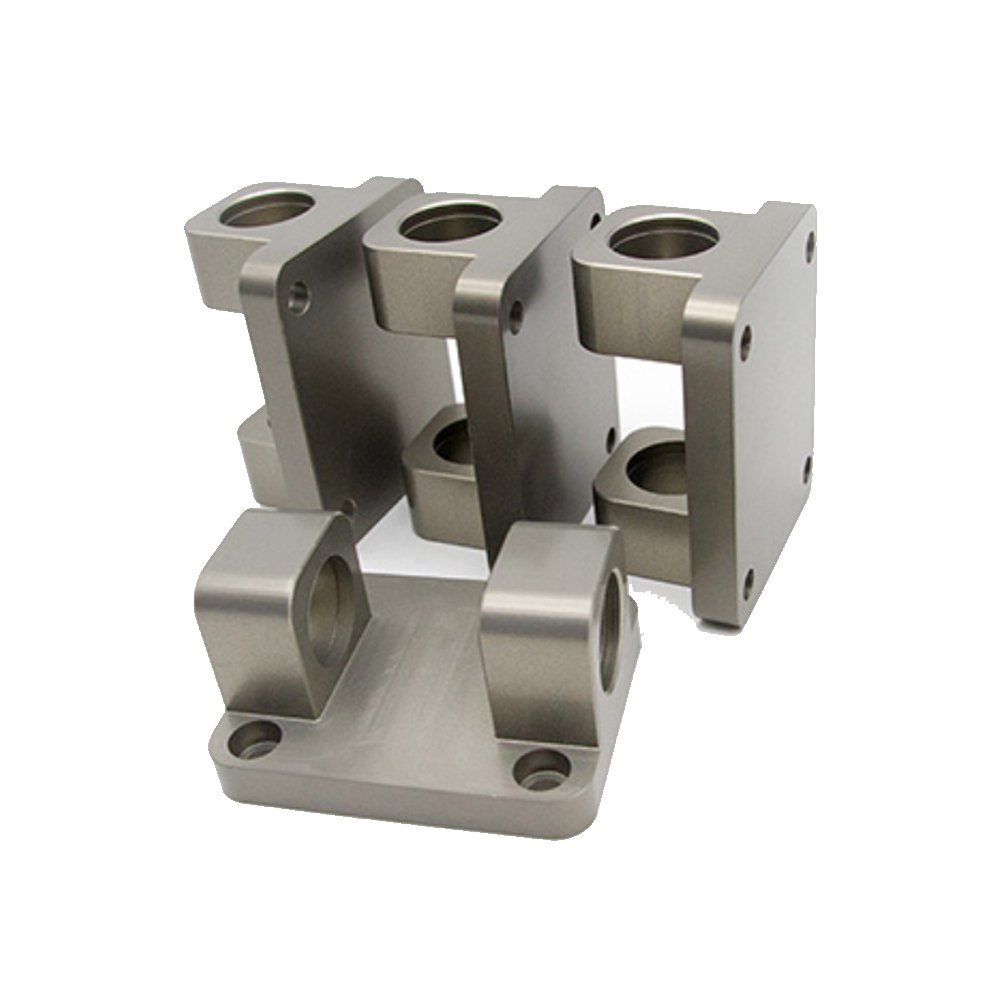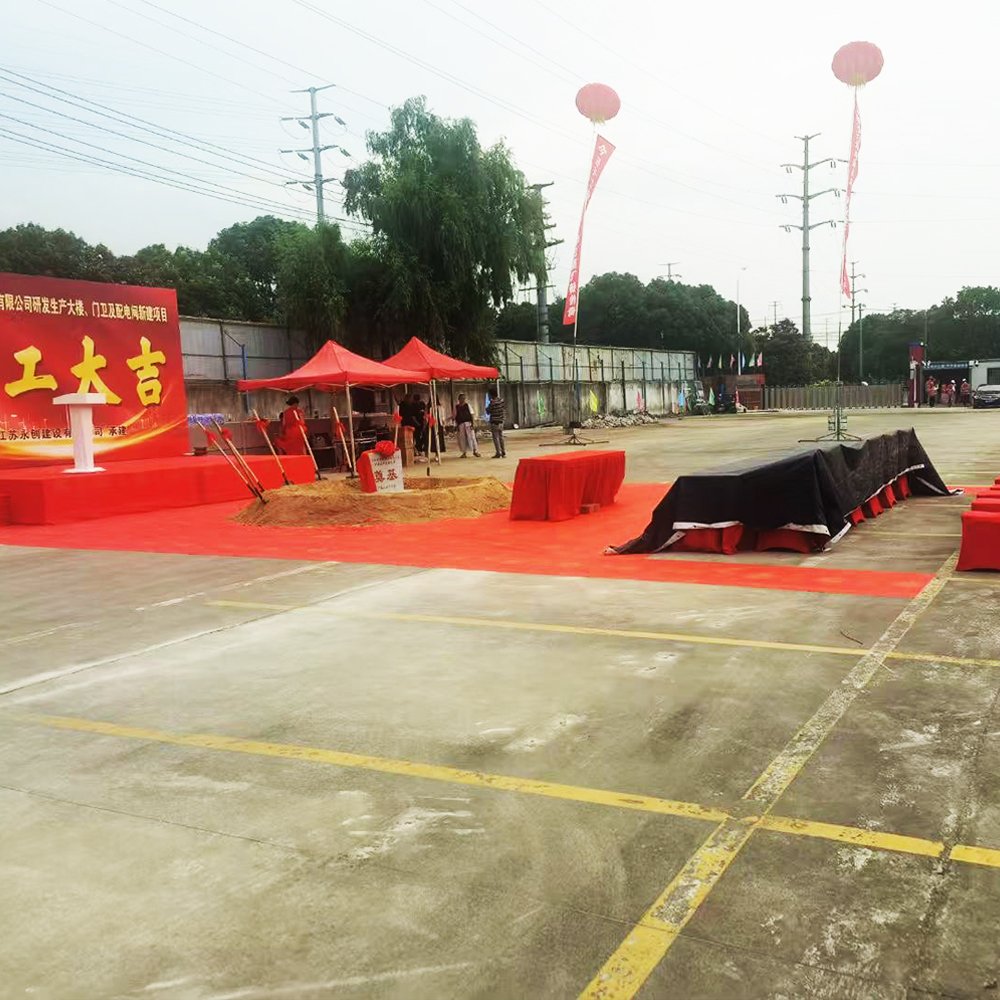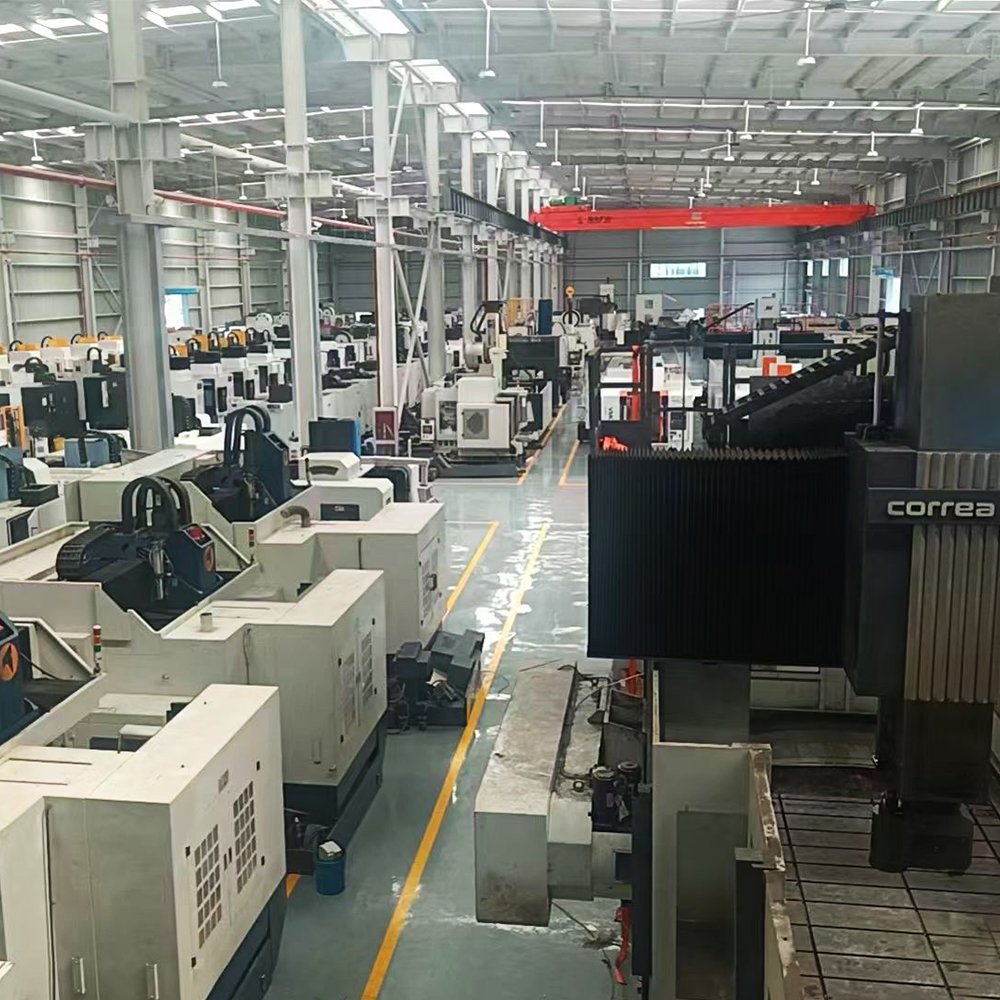The Ultimate Guide to CNC Aluminium Machining
Introduction to CNC Aluminium Machining CNC (Computer Numerical Control) machining is an advanced manufacturing process that employs computer-controlled machines to create intricate and precise components. This technology has evolved rapidly, significantly transforming the manufacturing industry. One of the most prevalent materials used in CNC machining is aluminium, known for its excellent properties and versatility. The […]



